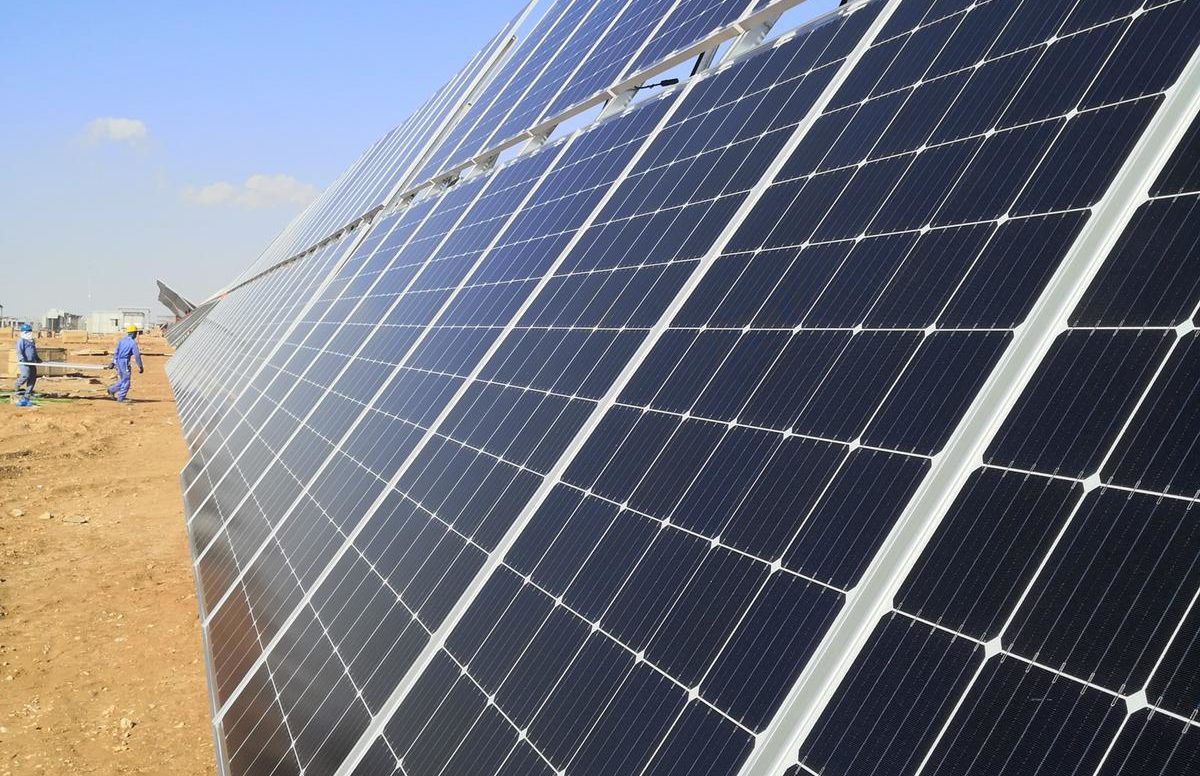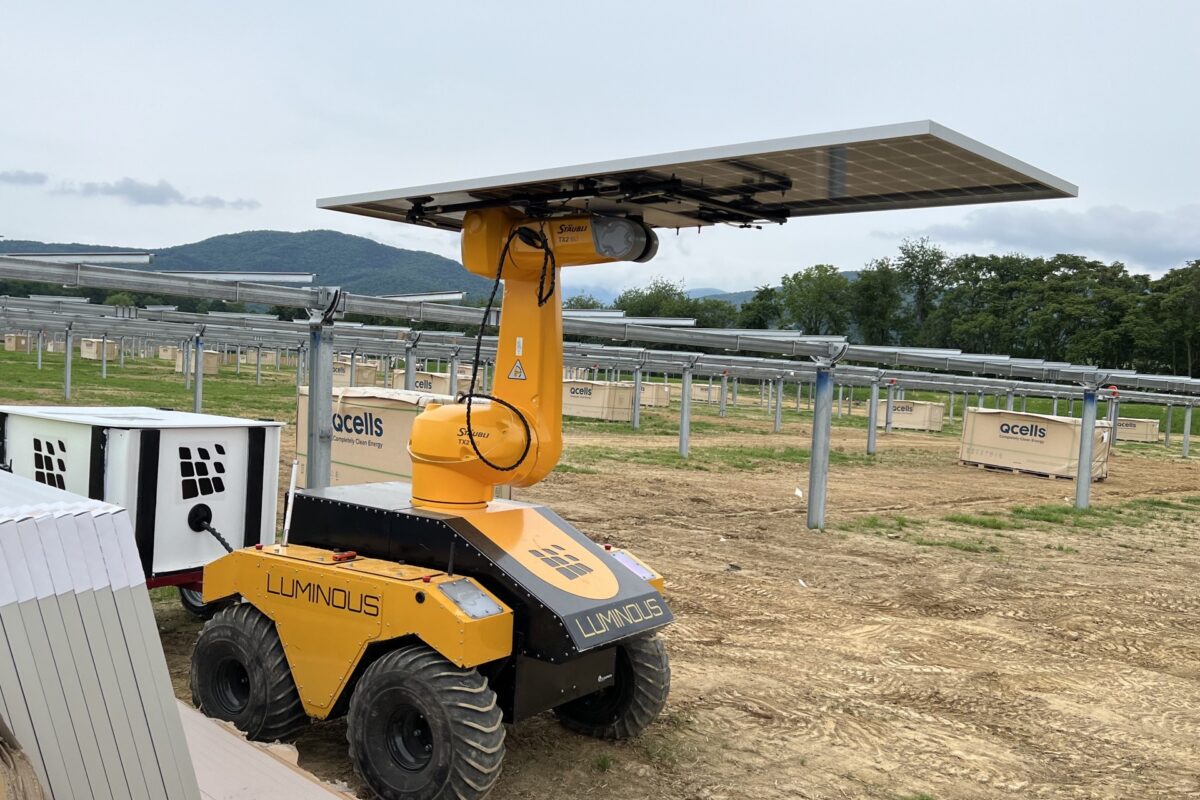From pv magazine Global
TOPCon photovoltaic technology is constantly gaining new market share across all segments and is the most serious candidate to challenge the primacy of PERC solar panels. However, success will depend on several variables that are still difficult to decipher.
“The TOPCon PV tech has a very high-efficiency potential achieving already 26% in research that explains its current uptake,” Stefan Gunz, the head of division photovoltaics – research at Germany’s Fraunhofer Institute for Solar Energy Systems ISE, told pv magazine. “However, the PERC panel technology has also a very fast learning curve and the balance between them will depend on which one will be able to increase its efficiency or reduce cost faster than the other one.”
He said TOPCon products will have more opportunities to gain ground in the race if their average efficiency, which is already comparatively higher than that of PERC products, is further raised.
“There are still margins for TOPCon manufacturers to reduce costs, especially regarding the deposition of intrinsic/doped polysilicon,” he said. “But the real step forward may be taken by further increasing their efficiency, which would ensure that the possibly slightly higher costs related to TOPCon production will be more than justified, as TOPCon panels have higher efficiency and energy yield.”
However, it remains unclear how much their efficiency should be increased.
“Manufacturers are not very transparent about their current achievements,” the German scientists said. “And this doesn’t make it easy to understand which new TOPCon panels may really resemble PERC products in terms of a good trade-off between costs and performance.”

The future also remains difficult to forecast.
“As always, predicting the market share of TOPCon is a look in the crystal bowl, however since PERC, as the dominating cell technology, has a large technological overlap with the TOPCon route, the change can be quite smoothly similar to the transition from aluminuim back surface field (Al-BSF) solar cells to PERC devices,” said Glunz.
Glunz and other scientists from the Fraunhofer ISE and University of Freiburg in Germany described the trajectory of the TOPCon technology in “Silicon-based passivating contacts: The TOPCon route,” which was recently published in Progress in Photovoltaics.
The study dates back to the 1980s, when the first attempts to use polysilicon layers under the contacts to reduce recombination in silicon solar cells were published.
“No details of the fabrication process of these passivating contacts have been published. Given the respective expertise of SunPower demonstrated by their patent portfolio, it appears likely that poly-Si/SiOx contacts were used,” the paper reads.
The first TOPCon cell, for which the use of poly-Si-SiOx contacts was officially unveiled, is a 23%-efficient device, with a high open-circuit voltage of 698mV, built by Frank Feldmann from the Fraunhofer ISE in 2013. It was a both-sides contacted device that was very similar to the current industrial cell structures.
“The recombination properties of the first n-type TOPCon cells were mainly limited by the recombination at the front contacts,” the researchers explained, noting that the technology has experienced a renaissance in the past decade. “In fact, the introduction of a local p++ boron diffusion under the front contacts and other improvements led to a record efficiency of 25.8% (Voc = 724 mV) on n-type TOPCon cells.”
Glunz also noted that a recent TOPCon cell structure featuring a back junction on p-type silicon even resulted in an efficiency of 26%, with an open-circuit voltage of 732mV.
The research group identified four research topics that are currently being addressed to improve the technology: the need for re-parametrising intrinsic recombination in the silicon due to the excellent surface passivation of TOPCon structures; improving control of diffusion of dopants through the intermediate SiOx layer to optimise passivation and transport properties; the single-sided deposition of the poly-Si layer to reduce process complexity for industrial TOPCon cells; and the utilisation of silicon-based tunnel junctions in perovskite–silicon tandem cells based on a TOPCon design.
“Especially the singe-sided deposition of the poly Si layers, or the corresponding single-side etch in case of both-side deposition, together with a lean metallisation route for TOPCon cells are currently of high importance for the industrial introduction of TOPCon,” Glunz said.
He added that the TOPCon PV technology will possibly co-exist with PERC and heterojunction modules in the current decade.
“Since TOPCon and PERC cells share a lot process steps, we might see a quite big market share of this TOPCon in the future,” he said.
This content is protected by copyright and may not be reused. If you want to cooperate with us and would like to reuse some of our content, please contact: editors@pv-magazine.com.









1 comment
By submitting this form you agree to pv magazine using your data for the purposes of publishing your comment.
Your personal data will only be disclosed or otherwise transmitted to third parties for the purposes of spam filtering or if this is necessary for technical maintenance of the website. Any other transfer to third parties will not take place unless this is justified on the basis of applicable data protection regulations or if pv magazine is legally obliged to do so.
You may revoke this consent at any time with effect for the future, in which case your personal data will be deleted immediately. Otherwise, your data will be deleted if pv magazine has processed your request or the purpose of data storage is fulfilled.
Further information on data privacy can be found in our Data Protection Policy.